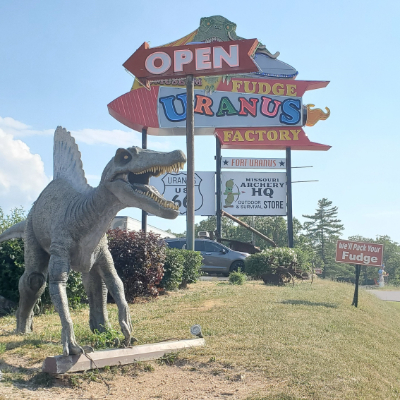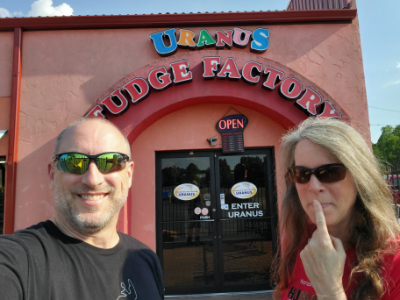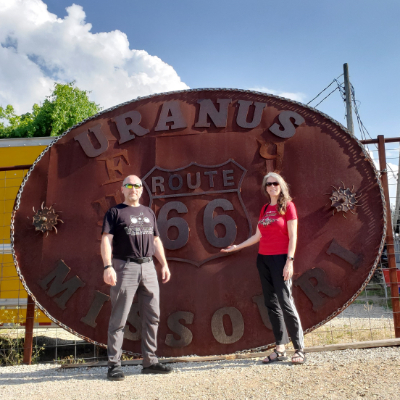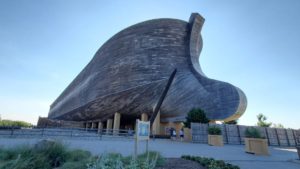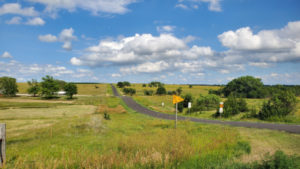Nuclear waste, outer space and a few bridges
What a day! We got an early start from Louisville, KY this morning and headed for the first star of the day. You see, any time I see something that looks interesting I place a star in Google Maps, and whenever we can we go and check out the marked location. Today, we went to four of them.
The first one was Boner Bridge, just down the road from BJ’s Pizza. Located in southern Indiana (USA), the 256ft long Boner Bridge is considered by the website dangerousroads as one of the most spectacular bridges in the world. Only 5 bridges like it are left in existence. This one-lane, iron bow, string-trussed bridge (also known as Pyeatt’s Mill Bridge) was built in 1869 by the King Bridge Company, and is traversed by the Boner Road. It’s the longest bridge of its kind in Indiana and also supremely rare. Crossing the Little Pigeon Creek river, it is listed as the oldest iron bridge in Indiana that remains in its original location.
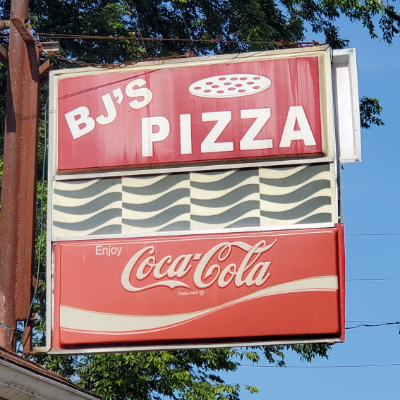
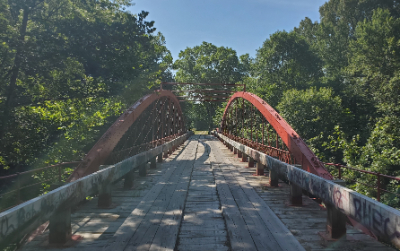
The second was another bridge. Crossing the Wabash River from Illinois to Indiana is the famous Wabash Cannonball Bridge. Also known as the Purple Head Bridge, it was built in 1897 as a railway bridge, but later converted into a single lane automobile bridge. The bridge is in St Francisville, IN. There is a $2 toll to cross. As we crossed, we happened to meet Danny Lynn, the Mayor of St Francisville. He was a very friendly chap (and a Deadhead!) who shared his time with us and directed us to where we could learn a little more about the history of the bridge before hopping on the tailgate of a pickup truck and rolling off into town. (Here is the video of us crossing the bridge.)
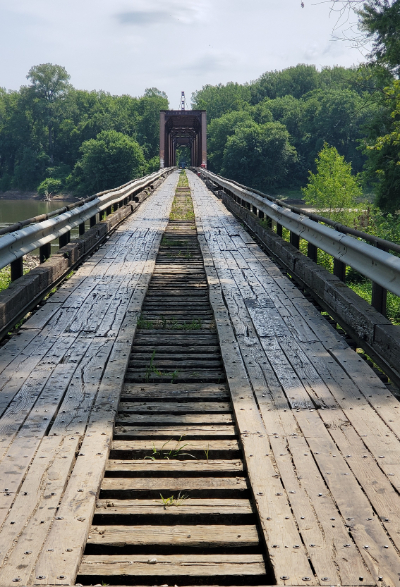
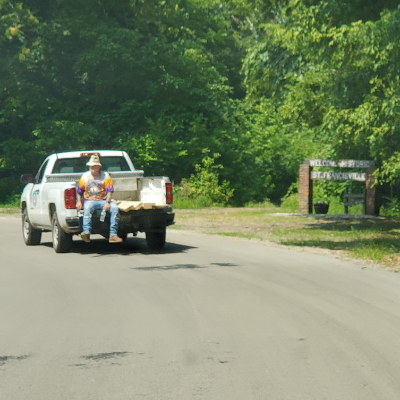
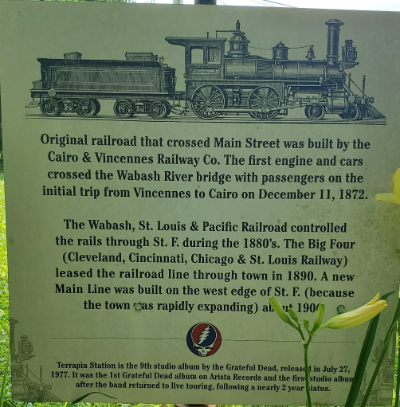
Rolling on down the road past St Louis, Missouri, we came to Weldon Spring. During WWII, 17000 acres were appropriated from the towns of Hamburg, Howell, and Toonerville, displacing 576 people. The site became a massive TNT and DNT manufacturing facility between 1941-1945. After the war, it became a uranium processing site from 1956-66. The site was later considered as a location for manufacturing Agent Orange for use in Vietnam, but had become horribly contaminated. It was left abandoned until the 80s. From 1984-2001 the site underwent decontamination and remediation, and is now open to the public as a recreation area with an interpretive center and ongoing monitoring. 1.5 million cubic yards of contaminated materials are encapsulated and buried under a 41 acre mountain of rock and other materials. The buried materials will remain unsafe until long after the sun burns itself out, but the containment is estimated to be durable for at least a thousand years.
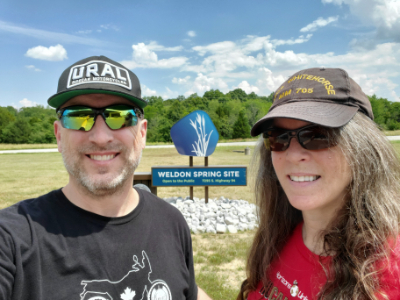
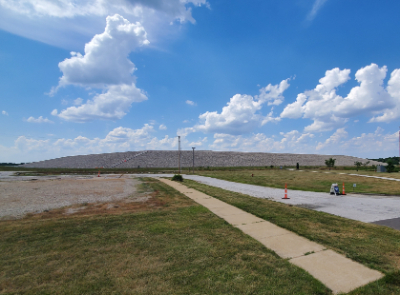
Our final stop for the day was at the Uranus Fudge Factory on Route 66. As you might imagine, all the possible jokes were put to use at a kitschy site that reminded us of Wall Drug Store in Wall, South Dakota. There was fudge and other candy, many homemade goodies (we purchased a bottle of cherry preserves) and even the Guinness Book of Records-certified largest belt buckle in the world.
